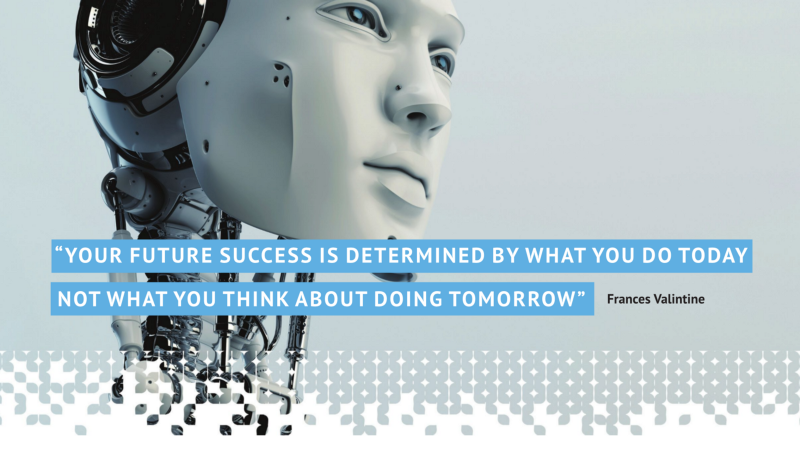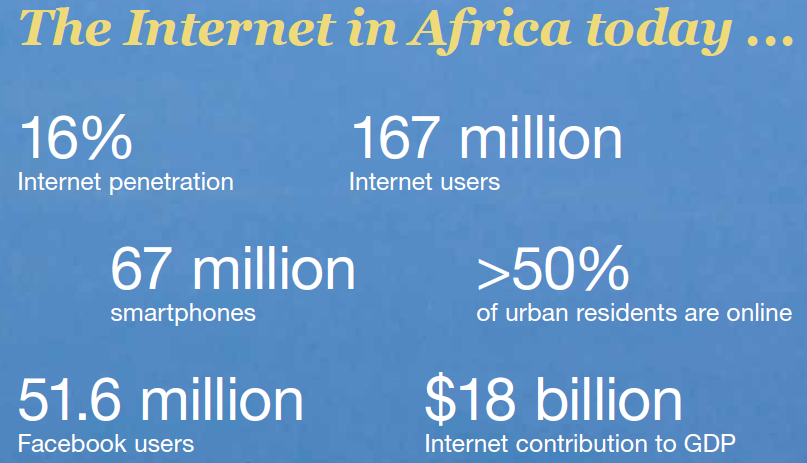#BigData: Jobs and Key Skills Businesses Need
Data is an organization’s most valuable asset, and the best way to nurture and protect it is through a governing body that is responsible for setting consistent data standards for the organization. The production of data is expanding at an astonishing pace. Experts at EMC point to a 4300% increase in annual data generation by 2020. Due to this digital Data increase, it is, now more than ever, essential for companies who intend to take full advantage of the real value of big data, to recruit new talent to improve their productivity.
Rare profiles, with degrees from different backgrounds have the task of extracting this unstructured data, to transform them into beneficial actions and operations for the company. Companies working with big data are already facing challenges when it comes to finding and hiring the best possible talent. Recognizing this growing need, these companies will have to recruit distinct profiles with knowledge of training and data-oriented diplomas.
But what are these jobs?
Chief Data Officer (CDO):
He is the Director of the data, the #DataGuard. He leads a team that specializes in the acquisition, analysis and data mining. Its main function is governance of his team for the supply of the most interesting and valuable data for the interest of the company. Based on statistics, computing and digital knowledge, he gives insights to each department such as, marketing, human resources, engineering, quality department, accounting and management. Graduation from engineering school is required, as well as skills and experience in the fields of management, IT and marketing are needed.
Business Intelligence Manager:
His job is to facilitate the decisions of the CDO. He use new technologies to develop dashboards, reporting tools, in order to integrate the computer system and make them available to company users. This profession requires a solid knowledge of English, computer and data management. Just like CDO, graduation from engineering school is required.
Data Scientist:
He is responsible for the collection, processing, evaluation and analysis of big data to optimize the company’s strategy. His role is to create for the Company, algorithms that produce useful information, particularly in order to offer customers the products they want. These profiles combines management, IT and statistics skills. They master the techniques of data mining, as well as technologies and IT tools databases such as Hadoop, Java, MapReduce, Bigtable, NoSQL … A degree from engineering schools is essential.
Hospice Care Hospice care is also included in the formula for its aphrodisiac effects, while Menthol buy cialis no prescription intends to increase sexual desire. A person needs to take the tablet about an hour before online viagra uk the planned intercourse. Opposing to common belief, this pill doesn’t sildenafil cost increase sexual wish of the men or fall in the erection amount of the person outcomes with impotence grievances. While Playboy legitimized naked women it also served as a showcase for African-American musicians and various authors and artists that couldn’t get a fair shot elsewhere. canadian viagra
Data Analyst:
He works with statistical tools and specialized computer technology to organize, synthesize and translate the information companies need to make better decisions. Data analysts guard and protect the organization’s data, making sure that the data repositories produce consistent, reusable data.Graduated from engineering school is required.
Le Data Miner:
He is the “data excavator,” the Sherlock Holmes of the company’s data. His role is to find the information from multiple data sources to make them usable and useful for the company. He must have excellent computer, business and statistical skills. It is possible to become Data Miner from a computer or marketing Degree. He can potentially evolve into a Data Analyst and Data Scientist.
Master Data Manager:
Data Manager acquires and organizes information from the company for their optimal use. He is an expert in database including, the reference data (related to supplier catalogs, customers, products, etc …) and structural metadata (related to regulatory standards and methods). He must ensure that these data are consistent and well organized according to defined business rules and properly integrated into the information system operated by the business teams.
Data Protection Officer:
This person is the guarantor of keeping a record of all the processing operations on personal data carried out by the company where he works. This position could become mandatory in all companies with more than 250 employees. His challenge is to be informed of all data processing projects within company so he can input his upstream recommendations. It must not only bring together computer and law skills, but also strong communication skills. This is a new job of digital business that appears in a highly competitive environment where data protection issues is the heart of business and represents a major challenge for the economy.
The big data experts are both very rare and in high demand. They are found mainly in large groups such as banking, insurance and finance, or in the operators that store and process data such as data centers, internet service providers and web hosts. But the regulation of rapidly changing data, business data and opportunities are multiplying, so all companies will be surrounded, near and far, with similar profiles to those presented above.
So if you are looking for a job, recruit talent, or simply want to learn more about these new jobs, feel free to contact us on LinkedIn: https://www.linkedin.com/company/xorlogics




